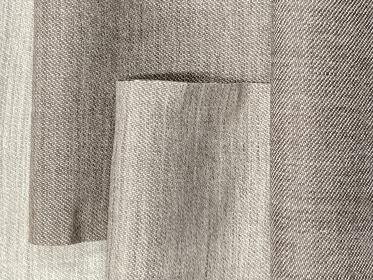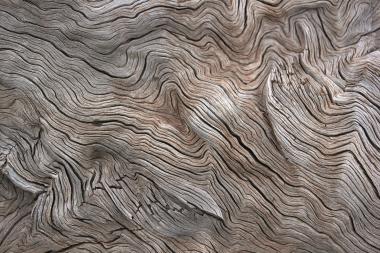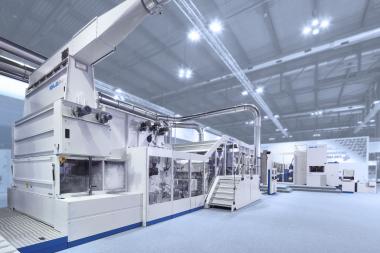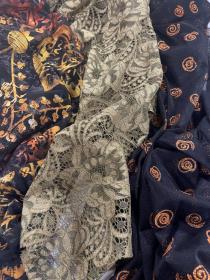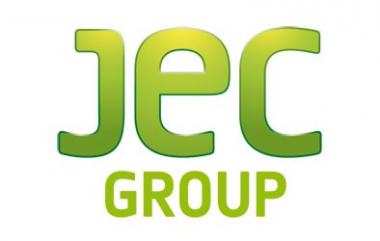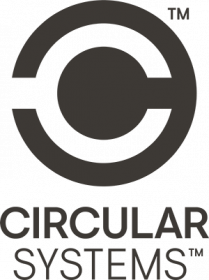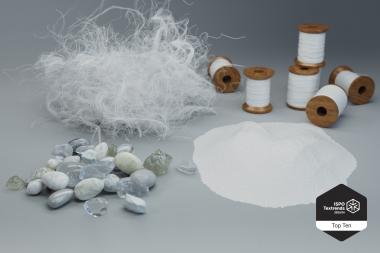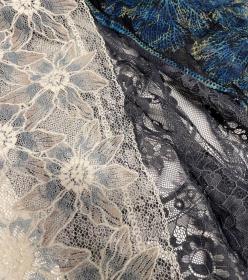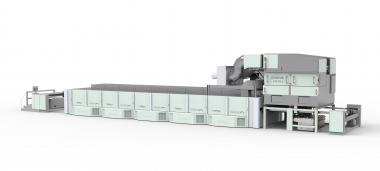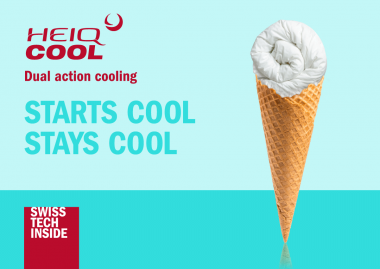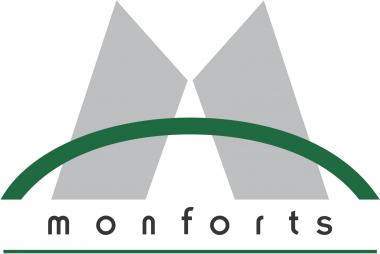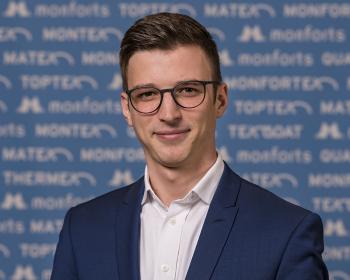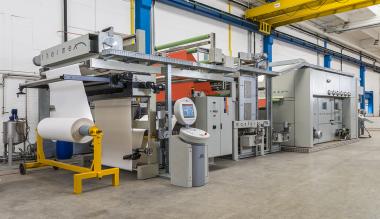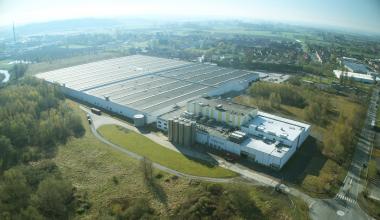Südwolle: Fall/Winter 2023/24 Collection
- The “new normal” by Südwolle: responsible, seasonless and high performance
The concept of seasonality in the F/W 2023/24 collection is increasingly vague, in favour of more functional categories in terms of performance, sustainability, innovative content and style.
Yarns are predominantly pure wool or blends, corresponding with the new concept of “dressing well” which is gaining ground among consumers – an individual style that promotes wellbeing at various times of the day, a fluid, personal idea of elegance, that fits daily activities with ease.
The new formal replaces the traditional suit with “smart casual” jackets and trousers -comfortable, and carefully cut, they feature quality materials that guarantee wearability as well as durability. Focus on these factors makes for more informed and less impulse buying.
The renewed interest in heritage is met with Südwolle's wool know-how and its basic essentials, updated to make them more sustainable by choosing certified fibres and chlorine-free anti-shrink treatments, for products with a longer lifespan thanks to domestic washing at low temperatures.
Sustainable innovation attentive to performance and durability goes hand in hand with the selection of earth-friendly recycled, recyclable and traceable materials blended with natural fibres.
Overview of the collection
The words inspiring the new collection are: sustainable, responsible, natural, recycled and high-performance.
A leading position goes to the OTW® line of weaving yarns made with Omega Twist® technology, developed and patented by Südwolle Group, which gives yarns enhanced performances in terms of reduced pilling, greater elasticity, strength and durability.
Espresso TEX Nm 48/2 (100% untreated wool,20.5μ) was created to value the authentic naturalness of wool. Made with undyed, untreated merino wool, it is a twisted yarn for weaving, ideal, for example, for flannel suits and jacket. It is available in 4 shades of brown obtained by mixing different percentages of untreated raw wool and undyed, naturally brown wool.
Eolo Nm 24/2 (100% wool 20.5 µ) is an example of circular production and reuse of recycled wool within the Karma project. Starting with in-house pre-and post-production waste, a partly carded, partly combed, product is created at Südwolle Group facilities where this type of process can be carried out.
Rhein GOTSNm 64/1 and Nm 64/2 (100% wool 19.5 µ) is the new pure woolyarn with GOTS –Global Organic Textile Standard certification, which certifies its organic provenance. The same traceable origin applies to Lerici GOTS X-COMPACT®Nm 60/1 (70% GOTS certified wool 19.5μ, 30% Schappe Mulberry silk), a glossy yarn with reduced pilling effect for improved anti-abrasion performance, obtained with X-COMPACT® spinning technology.
Performance paired with reduced energy consumption is the added value of SRP ClarkNm 60/2 (48% wool 23.5μ, 44% cationic polyester, 8% Donegal viscose), also available in a stretch version. The cationic polyester can be dyed blended with the wool, making double dying unnecessary and so saving on water and energy consumption. The addition of pre-dyed red, green or brown Donegal viscose to the blend creates a fluid look enhanced with slubbing and micro-nep effect.
Rosvic Nm 40/2 (98% wool 19.5μ, 2% Lycra®44 dtex) is a twisted yarn with Basolan treatment for comfort fabrics. It has a slightly textured surface with a contrasting or tone on tone micro mouliné pattern.
Key players among the circular knitting and hosiery yarns are Basak Nm 80/1(80% wool TEC. 20% polyamide 2.2 dtex), OTW® Barone GRS Nm 60/2(60% wool 23.5 µ TEC, 40% RENU™ recycled cationic polyester 2.2 dtex) and OTW®Concorde Nm 88/2(100% wool 19.3 µ TEC), available in the new colour cards.


